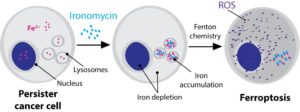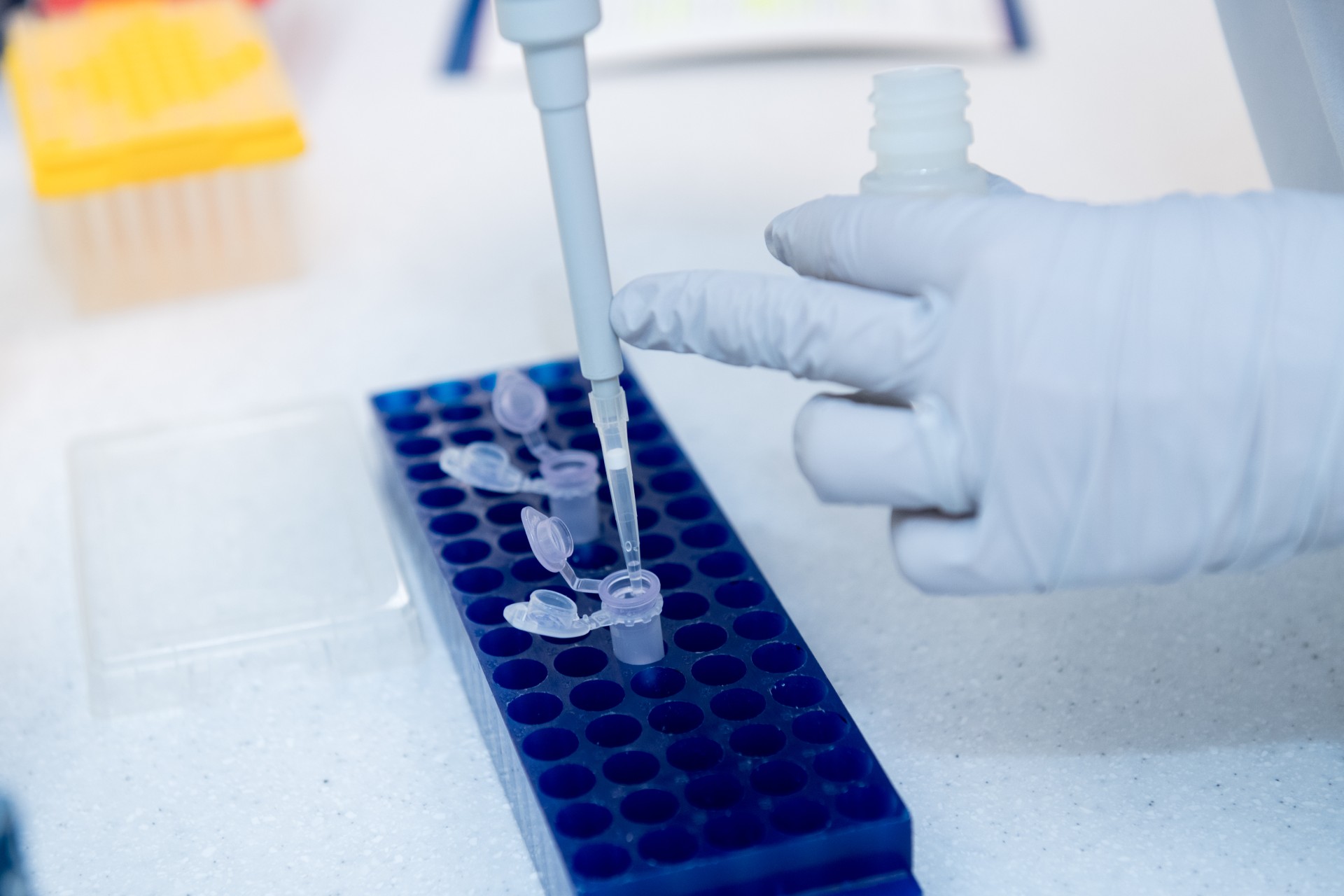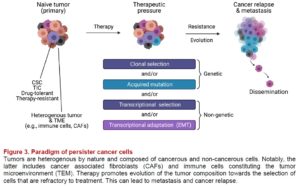Iron is an element that is abundant in our cells and is involved in a large number of mechanisms essential to their operation. For example, iron is involved in the mitochondria for energy production, in our red blood cells for respiration, in the replication or repair of DNA or even epigenetic regulation of gene expression, and so on. Within this context, iron metabolism is highly regulated and some deregulations are harmful for the cells. But above all, we have yet to understand the metabolism of iron, which we know plays a major role in the spread of cancer cells.
“It is not the strongest of the species that survives, nor the most intelligent; it is the one most adaptable to change.” This quote from Charles Darwin illustrates the behavior of certain cells which, depending on their status, are able to escape treatments, which leads to resistance and relapse.
Helping tip the scales towards cell death via ferroptosis
In 2020, the Chemical Biology of Cancer team led by Raphaël Rodriguez, CNRS research director at Institut Curie, shed light on the specific mechanisms related to iron that are able to “reprogram” certain cells, rendering them metastatic and resistant to conventional treatments. These “persister” cells acquire a clonal advantage conferred by iron. But at the same time, the presence of iron in these cells promotes certain chemical reactions, in particular the appearance of peroxidized lipids which, if it is not controlled, becomes lethal for the cell (death by ferroptosis). Under the action of iron, these cells are both resistant to conventional treatments and more vulnerable to death by ferroptosis.
How do we tip the scales and eradicate these cells that potentially cause cancer recurrence?
“In “normal” conditions, some cells adapt and escape treatment and become metastatic under the action of iron. Along with my team, at the crossroads of chemistry and biology, our goal is to understand the chemistry of iron in order to develop molecules that will be able to amplify certain reactions – for example the quantity of peroxidized lipids – and cause cell death,” explains Dr. Rodriguez.
Small, next-generation anti-tumor molecules
Researchers are trying to better understand this process of cell death known as ferroptosis, in order to identify new biomarkers and develop innovative therapies against cancer. To take advantage of the reactivity of iron and eradicate the persister cells, or sensitize them to conventional therapies, scientists propose two lines of attack:
- To protect themselves from lipid peroxidation, cells implement protective mechanisms by bringing sulfur into the cell, in the form of an amino acid dimer, namely cystine. One option involves blocking the proteins that allow sulfur to enter the cells (via inhibitors of the Xc- molecule), or inhibiting GPX4, the protein that uses cysteine-containing glutathione (GSH) to reduce peroxidized lipids. Peroxidized lipids otherwise accumulate in cells, which end up dying.
- Another option involves manipulating the reactive iron pool, keeping iron in the lysosomes, to interfere with its distribution within cells. Interestingly, accumulating iron in lysosomes increases the production of peroxidized lipid, which can rapidly lead to death by ferroptosis.
“It is therefore the same chemical element – iron – that helps cells survive conventional treatments used in clinical settings, and at the same time makes these cells vulnerable to molecules we are developing, not yet ready for clinical care. Understanding that mortality of cells depends on both tissue of origin and cell states is crucial in deciding on therapeutic options,” concludes Dr. Rodriguez.
Illustrating the therapeutic potential of this strategy, Dr. Rodriguez’s team has just produced new natural product derivatives that target preferably the mesenchymal (metastatic) state of the cancer cells or inhibit acquisition of this status.

| Reference:
Persister cancer cells: iron addiction and vulnerability to ferroptosis. Raphaël Rodriguez, Marcus Conrad, Stuart L Schreiber. Molecular Cell, December 28, 2021. https://doi.org/10.1016/j.molcel.2021.12.001 |


